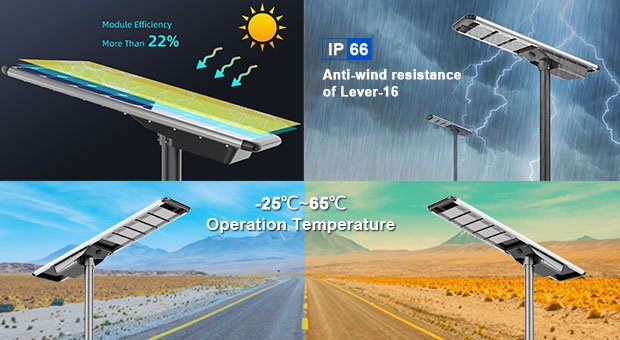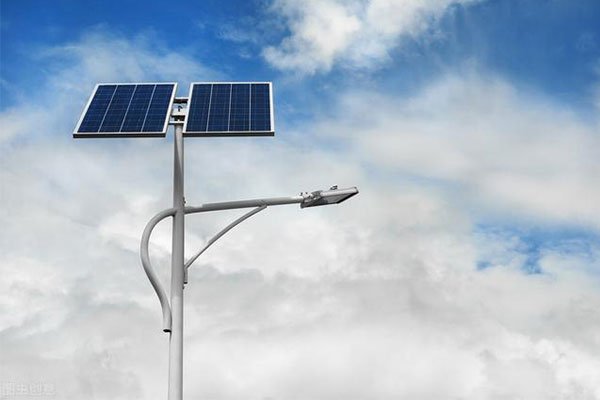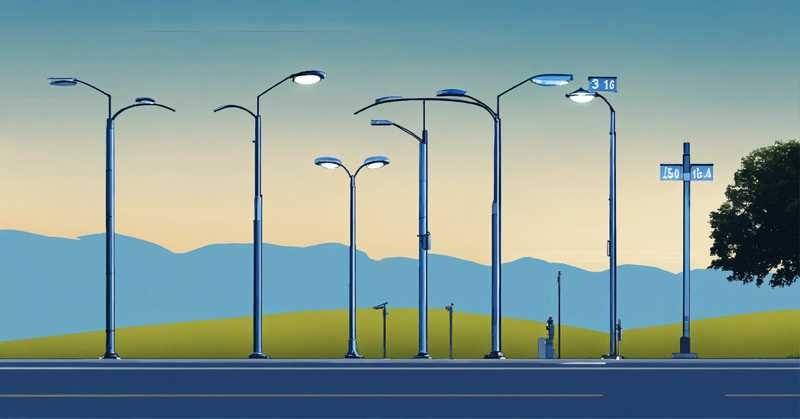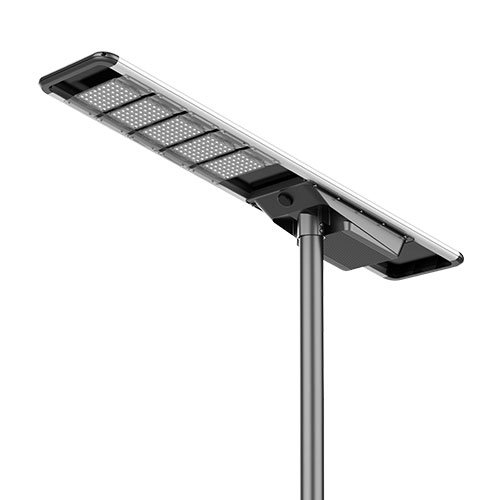Lighting the streets isn't just about brightness—it's about control, safety, and savings.
Choosing the right light distribution type ensures energy efficiency, visual comfort, and compliance with modern outdoor lighting standards.
If you're planning urban, roadway, or commercial lighting, knowing how light spreads can make or break your project.
Introduction: Why Outdoor Lighting Design Needs Precision
Most lighting problems begin with poor distribution—not poor fixtures.
Streetlights must be designed with precise light patterns to ensure safety, efficiency, and reduced operational costs.
Outdoor lighting plays a key role in modern infrastructure—impacting safety, navigation, aesthetics, and energy budgets. The goal is to deliver light where it’s needed, in the amount that’s needed, with minimal waste.
This article helps you select the right light distribution types by understanding performance metrics, real-world applications, and simulation strategies.
Why Light Distribution Types Matter in Lighting Design
Even the most powerful light fails if it’s pointed the wrong way.
Choosing the right distribution type impacts energy use, safety, and visual performance.
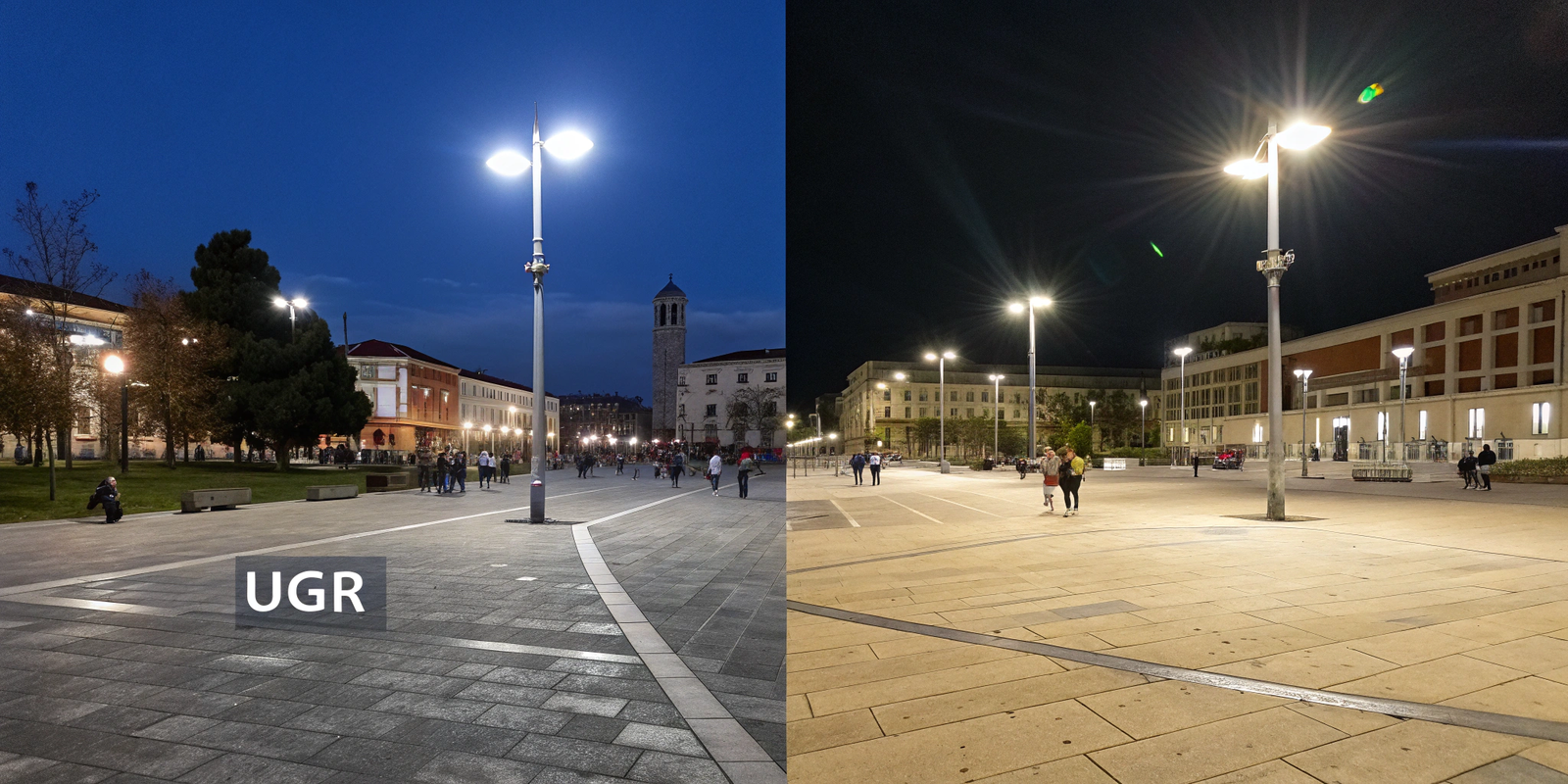
- LPD refers to watts per square meter of lit space.
- Efficient distribution reduces the number of fixtures and wattage needed.
- Lower LPD = reduced energy bills and easier code compliance.
Uniformity:
- Uniformity is the ratio between the brightest and darkest areas on a lit surface.
- Better distribution equals fewer shadows and hotspots—ideal for roads and public spaces.
- High uniformity improves visual comfort and pedestrian safety.
Glare:
- Glare is excessive brightness that impairs vision.
- Poor distribution leads to direct light in the eyes or high contrast.
- Using the right optics can control glare and comply with UGR (Unified Glare Rating) standards.
Understanding Light Distribution Classifications
Not all lights throw light the same way—distribution types help engineers design smarter.
Light distribution is categorized by how it spreads laterally (sideways) and vertically (up/down), as defined by the IESNA.
Lateral Light Distribution (Type I–V, VS)
Type I:
Narrow and symmetric—best for walkways and narrow paths.Type II:
Slightly wider—commonly used on residential streets.Type III:
Designed for wider roads and general street applications (collector roads).Type IV:
Forward-throw light—ideal for the perimeters of parking lots and building facades.Type V & VS:
Symmetrical circular distribution—perfect for open areas like large intersections and parking lots.
Vertical Light Distribution (Very Short to Very Long)
Type xS (Very Short):
For close pole spacing or low mounting heights.Type xM (Medium):
Standard road pole heights and spacing.Type xL (Long):
Used when poles are spaced far apart.Type xVL (Very Long):
High-mast setups, reducing pole count in highways or industrial zones.
Choosing the right lateral + vertical combination balances pole spacing, height, and energy efficiency.
How to Choose the Right Light Distribution for Your Project
A wrong distribution can lead to over-lighting or unsafe dark spots.
Selecting distribution types should consider road width, pole height, spacing, usage, and environmental goals.
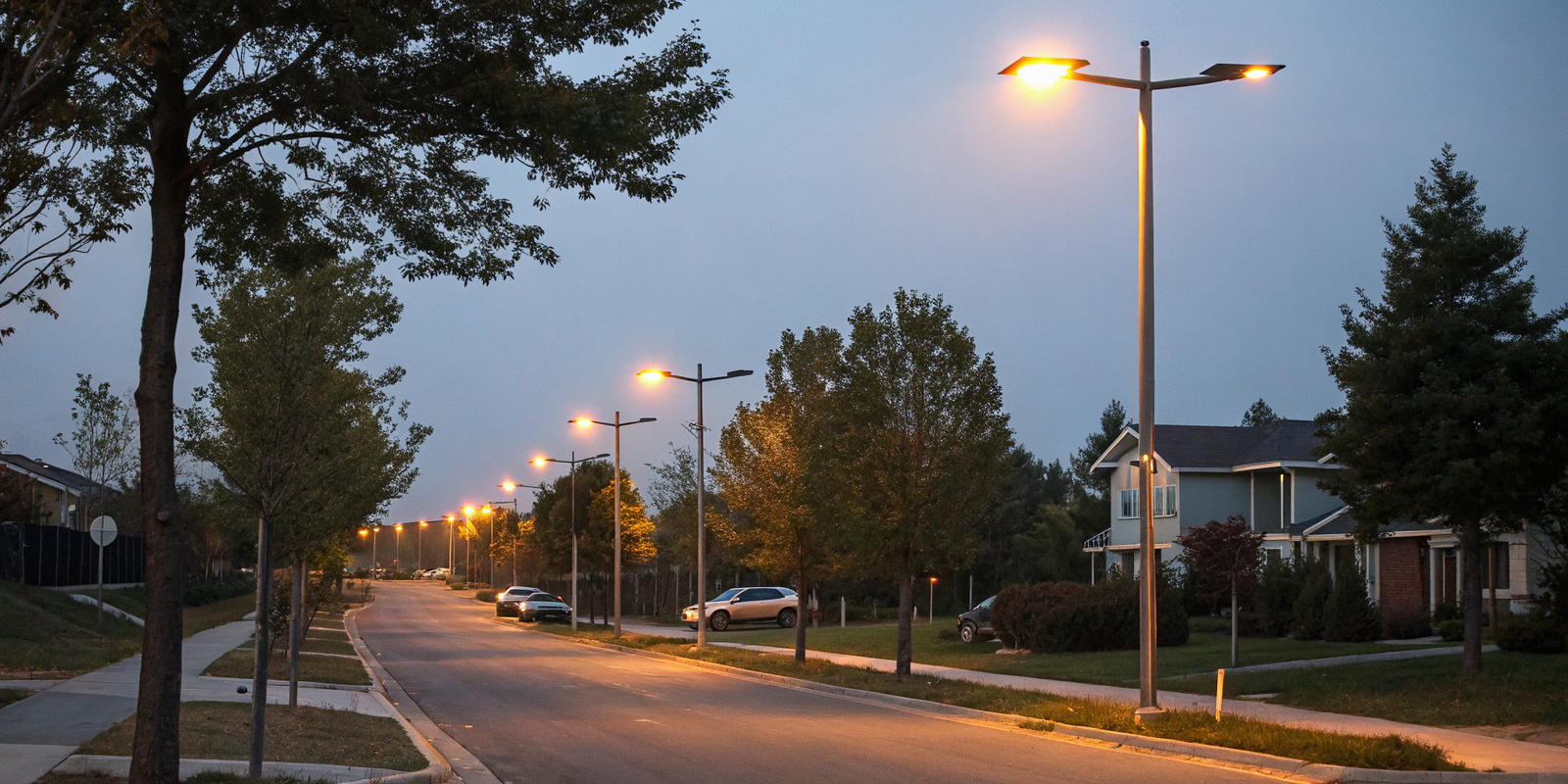
- Combine lateral and vertical types to meet your application.
- Use narrow beam types for tight roads or walkways.
- Choose wider beams and longer verticals for open lots or highways.
- Use lighting simulation software (like Dialux or AGi32) to model before you build.
| Project Type | Suggested Lateral | Suggested Vertical | Notes |
|---|---|---|---|
| Residential Streets | Type II | xM | Balance width and pole height |
| Collector Roads | Type III | xM or xL | Ensures coverage and spacing |
| Parking Lots | Type IV or V | xL | Uniform light, forward-throw options |
| Highways | Type III or IV | xVL | Long pole spans, minimal glare |
| Walkways | Type I | xS or xM | Narrow, low-mount fixtures |
Real-World Applications and Lighting Simulation Comparisons
Simulations offer clarity when theory isn’t enough.
Here’s how different distribution types perform in actual scenarios using professional lighting simulation tools.
Roadway Lighting
- Scenario: 12-meter-wide urban street with 9-meter pole height
- Comparison: Type II vs. Type III
- Result: Type III provides better uniformity and spacing efficiency
- Glare Control: Lower with backlight shields and optics
Parking Lot Lighting (Type IV)
- Scenario: 30×40m commercial parking zone
- Lens Comparison: Type IIM vs. Type IVM
- Outcome:
- Type IVM provides better perimeter coverage
- Less spill into adjacent properties
- Energy savings of 18% with same lux level
Pedestrian Crossing Lighting
- Need: High vertical illumination without glare
- Solution: Asymmetric distribution (e.g., C0–180 + C90–270 mix)
- Simulation Result: Better facial recognition and vertical lux with 25% fewer fixtures
These results show that distribution selection directly impacts performance, cost, and safety.
Conclusion: Maximizing Lighting Performance with Proper Distribution
Lighting design starts with direction, not wattage.
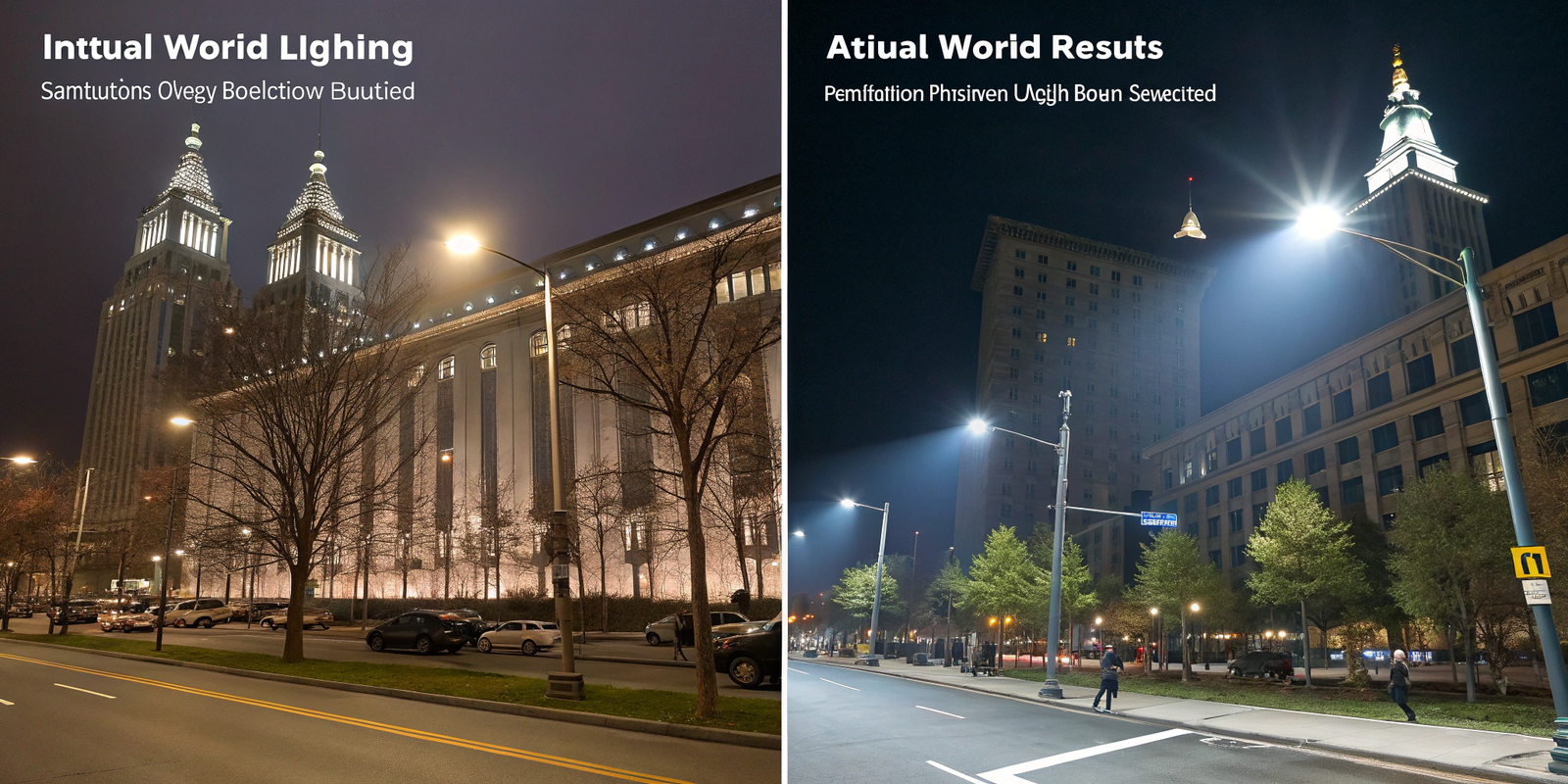
The right distribution type ensures efficient brightness, uniform visibility, and minimal waste—key to any successful lighting project.
Use simulation tools, balance design parameters, and choose high-performance optics to get it right the first time. It’s not about more light—it’s about smarter light.
FAQs
What is the difference between Type III and Type IV light distribution?
Type III throws light forward and to the sides for roadways. Type IV pushes light even further forward, perfect for lot edges and building perimeters.
How does vertical light distribution affect pole spacing?
Longer vertical types (xL, xVL) allow greater spacing between poles, reducing installation costs and minimizing clutter.
Can the same fixture be used for both roads and sidewalks?
Yes, with the right lens configuration. Multi-distribution optics or asymmetric lenses can light roads and adjacent sidewalks efficiently.
Why is lighting simulation necessary before choosing a distribution type?
Simulation ensures that your lighting meets brightness, uniformity, and glare standards—before you spend a dollar on equipment or installation.


